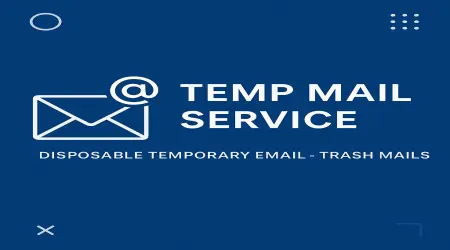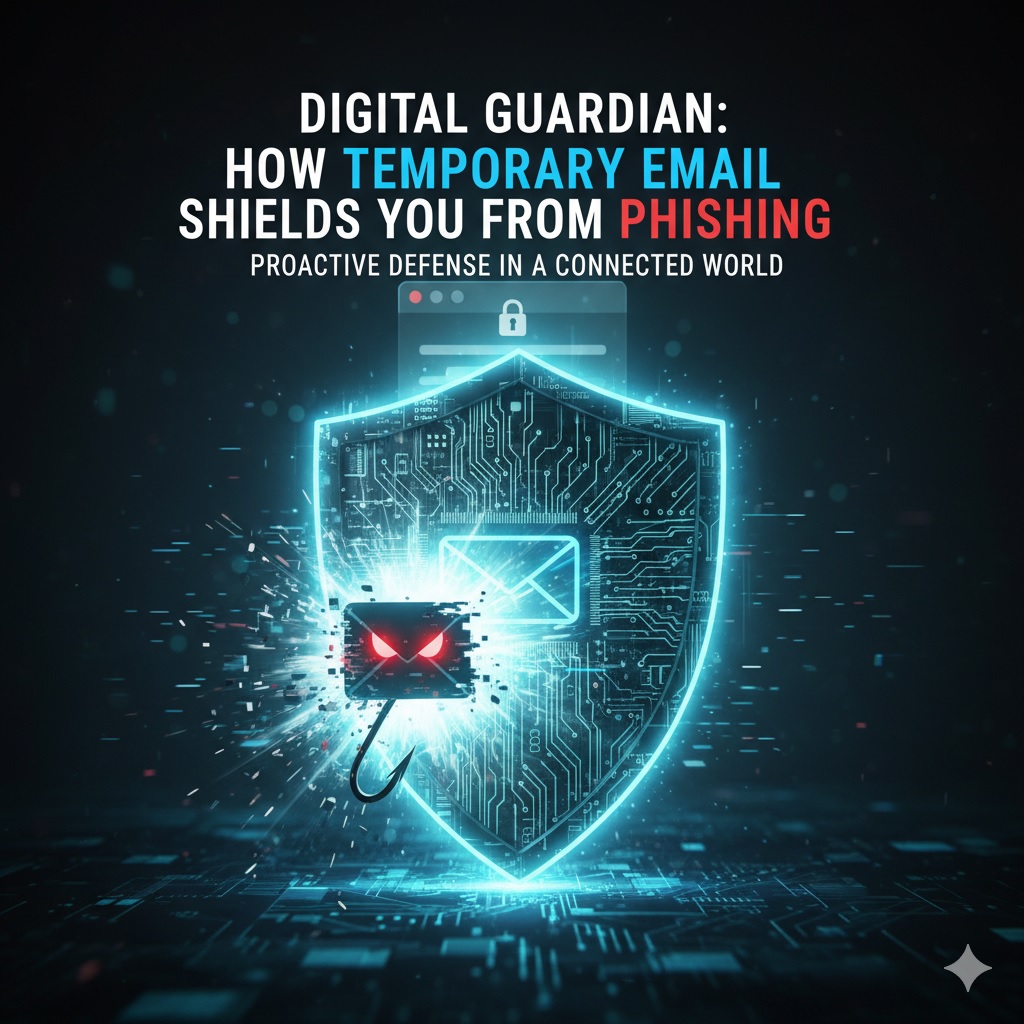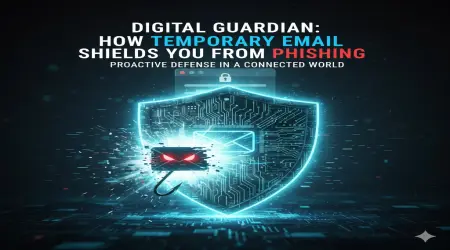

A Digital Shield: How Temporary Email Protects Against Phishing Attacks
In today's interconnected world, email is a primary mode of communication, but it's also a major entry point for cyber threats, particularly phishing. Phishing attacks, which involve cybercriminals posing as trusted entities to steal sensitive information, are a constant and evolving danger. While traditional security measures like spam filters and antivirus software are essential, a simple yet powerful tool—the temporary email address—offers an effective, proactive defense.
What is a Temporary Email Address?
A temporary email address, also known as a disposable or burner email, is a short-lived email account that can be used for a specific purpose and then discarded. Unlike a permanent email service (like Gmail or Outlook), temporary email services do not require registration or personal information. They instantly generate a unique address that is typically active for a limited time—from a few minutes to several hours or days—before it automatically expires.
The Phishing Threat Landscape
Phishing attacks often rely on gaining access to your primary email address. Once a cybercriminal has your email, they can:
- Send Targeted Phishing Emails: They can send deceptive emails that appear to be from your bank, a social media platform, or an online service, urging you to click a malicious link or provide personal data.
- Launch Credential Stuffing Attacks: If your email is exposed in a data breach, attackers can use it to try and log in to other accounts you may have, a process known as credential stuffing.
- Enable Spear Phishing: This is a highly targeted form of phishing where attackers gather information about you to craft a more convincing and personalized attack.
How Temporary Email Acts as a Phishing Shield
Using a temporary email address provides a crucial layer of protection that fundamentally changes the game against phishers. Here's how it works:
1. Hiding Your Real Identity and Email Address: The core benefit of a temporary email is that you never expose your primary email address to the public. When you sign up for a newsletter, access a one-time download, or register on a forum you don't fully trust, you use the disposable address instead. If that website or service is compromised in a data breach, your primary email remains safe and untarnished.
2. Drastically Reducing Your Exposure to Spam: Phishing attacks often arrive disguised as spam. By using a temporary email address for non-critical sign-ups, you prevent unwanted promotional messages and other spam from flooding your main inbox. This not only keeps your inbox clean but also reduces the chances of you accidentally clicking on a malicious link hidden within a legitimate-looking but unsolicited email.
3. Isolating Threats: A temporary email address provides "breach isolation." If a website or service you registered with using a temporary email is hacked, only the disposable address is compromised. The attacker cannot use this information to access your main email account or other accounts linked to it, since there is no connection. This effectively contains the threat and prevents a single breach from cascading into a larger security incident.
4. Tracing and Identifying Data Leaks: Some temporary email services allow you to create custom aliases or use unique identifiers. If you use a different temporary email for each service, and one of them starts receiving spam or phishing emails, you can immediately identify which specific service sold your data or was compromised. This level of control and insight is impossible with a single primary email address.
When and How to Use a Temporary Email
Temporary emails are ideal for situations where you need to provide an email address but are concerned about spam or security. Common use cases include:
- Signing up for free trials or one-time downloads.
- Participating in online contests or sweepstakes.
- Commenting on blogs or forums.
- Accessing content on websites that require an email for entry.
- Testing a new app or service without a long-term commitment.
It's important to note that temporary emails are not a replacement for your primary email for sensitive communications. You should never use a temporary email for banking, online shopping, social media, or any service where you might need to recover a password or receive important information in the future.
By integrating temporary email addresses into your online habits, you can significantly enhance your privacy and security. It’s a simple, proactive step that empowers you to control your digital footprint and, most importantly, keeps you one step ahead of the ever-present threat of phishing attacks.

